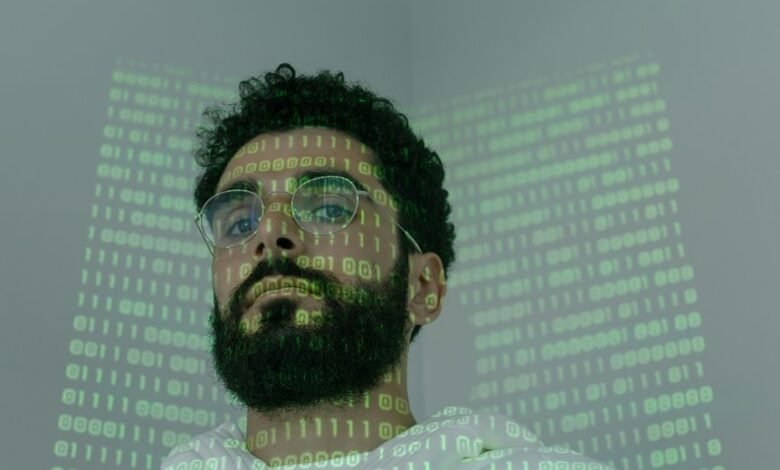Uncover Mystery Identity Linked to 3510168076 3284725687 3286356341 3206347571 3513061966 3332110200

The sequence of numbers 3510168076, 3284725687, 3286356341, 3206347571, 3513061966, and 3332110200 presents an intriguing puzzle. Each number may hold key insights into identity verification systems. Their patterns beg for analysis, suggesting connections to user accounts or digital identities. What cultural significance might lie beneath these sequences? Exploring their implications could enhance security measures and address privacy concerns in our increasingly digital world. What mysteries remain hidden within these digits?
The Origin of the Numbers
While the significance of numbers has permeated human culture for millennia, their origins often evoke curiosity that invites deeper exploration.
From ancient civilizations to modern societies, numerical symbolism reflects humanity’s quest for meaning. Various cultures attribute distinct interpretations to numbers, weaving them into mythology and philosophy.
This intricate tapestry highlights the profound relationship between number significance and human consciousness, urging one to ponder their underlying mysteries.
Analyzing Patterns and Trends
The exploration of number significance naturally leads to the examination of patterns and trends that emerge from their use across various contexts.
Through diligent pattern recognition, analysts can uncover recurring sequences and anomalies within the data.
Trend analysis further allows for the identification of shifts in behavior or association, fostering a deeper understanding of the underlying dynamics that govern the relationships between these enigmatic numbers.
Potential Applications in Identity Verification
As the digital landscape evolves, the potential applications of numerical patterns in identity verification become increasingly significant.
These numerical sequences may enhance identity authentication processes, providing a robust framework for verifying individuals.
Coupled with biometric verification methods, such as fingerprint or facial recognition, they can create a multi-faceted approach, ensuring that identities remain secure while allowing users the freedom to navigate digital environments confidently.
Implications for Data Privacy and Security
Given the increasing reliance on numerical patterns for identity verification, questions surrounding data privacy and security arise.
The potential for data breaches escalates as organizations handle sensitive information. Privacy regulations must evolve to address these vulnerabilities, ensuring individuals retain control over their data.
Analyzing these implications is crucial for safeguarding personal freedoms while maintaining the efficiency of identity verification systems.
Conclusion
In light of the intricate tapestry woven by these numerical sequences, one might ponder the hidden narratives they encapsulate, subtly guiding the evolution of identity verification. As we navigate this digital landscape, the delicate balance between security and privacy becomes paramount. Perhaps, in embracing these enigmatic figures, we can foster a future where personal information is cloaked in layers of sophistication, ensuring that the essence of identity remains both protected and revered amidst the relentless march of technology.




